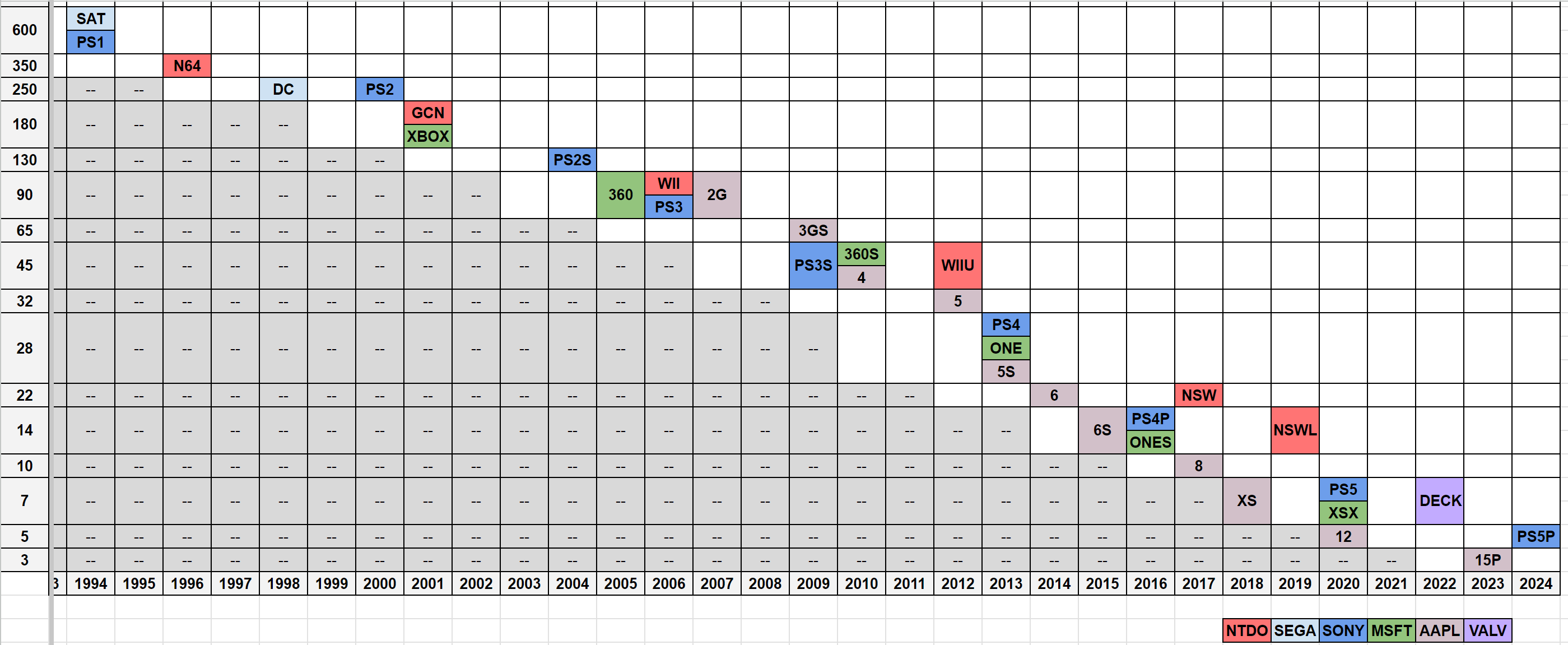haxxiy said:
TSMC's N6 is just N7 with a slightly tighter pitch, the wafers should cost about the same, so the move made sense in that context. I haven't seen how much Samsung charges for an 8N wafer, but if it's similar in price to TSMC's 10FF, then N5/N4 is at least two and a half times more expensive and probably much more nowadays (with all the Nvidia bulk orders for Hopper and Blackwell). That makes its cost per area x transistor density about even or worse vs. 8N unless you're gaining on viable chips at the margins of the wafer. It's still very possible, mind, but at $400 they might be taking a hit depending on the rest of their components. Like, LPDDR5 at 7500 MT/s? NVMe SSDs? Not cheap stuff at all. |
I mean this is pretty outdated at this point, but as of 2022 the cost difference between Sammy 8N and TSMC's 4N was 2.2 times per wafer. That was before Apple moved on to 3N (M2 Max was just about to release) and when Nvidia released Lovelace and AMD released RDNA 3.
https://www.semianalysis.com/p/ada-lovelace-gpus-shows-how-desperate
"SemiAnalysis sources indicate that the wafer cost of TSMC N5/N4 is more than 2.2x that of Samsung 8nm. With that wafer cost increase comes 2.7x higher transistor density. Nvidia’s top-end die went from 45 million transistors per millimeter squared (MTr/mm2) to 125 MTr/mm2. A fantastic density increase that is closer to 2 process node shrinks than 1 process node shrink. Jensen Huang is right that cost per transistor improvements have slowed significantly."
Going with a newer than 8N process node also allows Nintendo to save on battery and cooling costs.
Somebody just posted this chart on Famiboards which shows that Nintendo usually keeps in line what is current when it comes to process nodes.

















